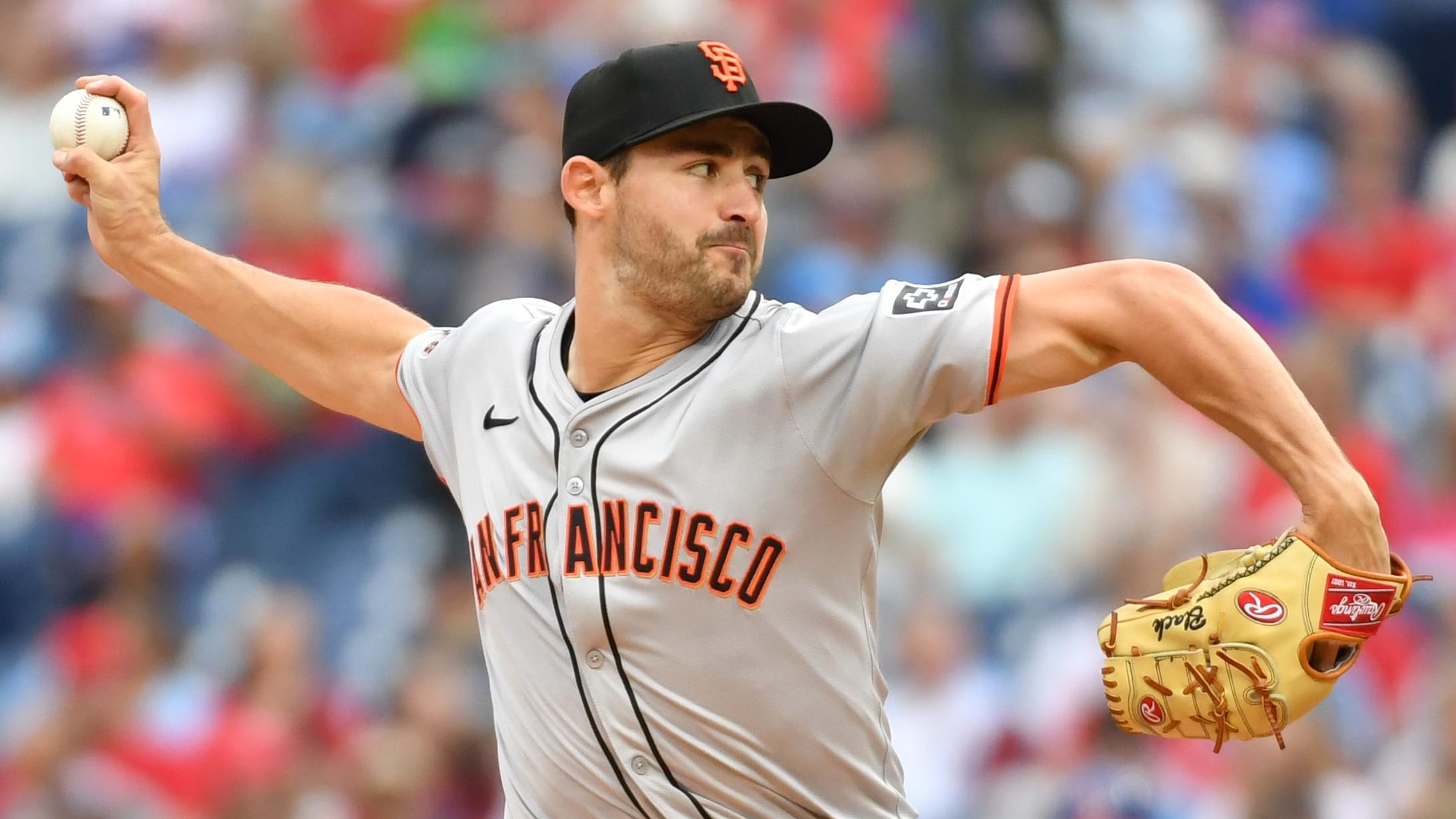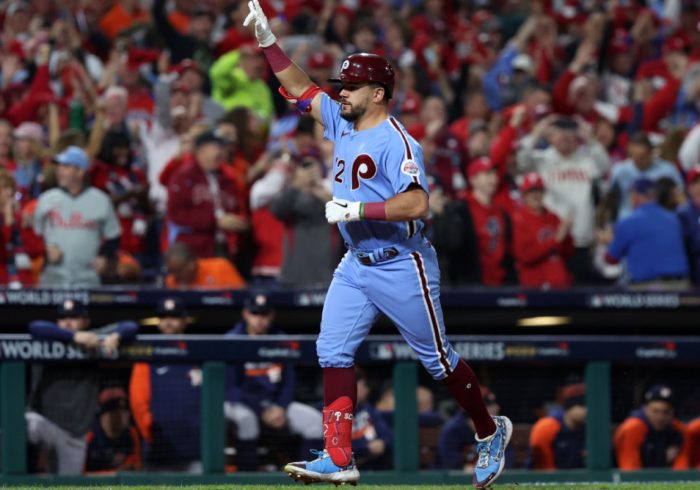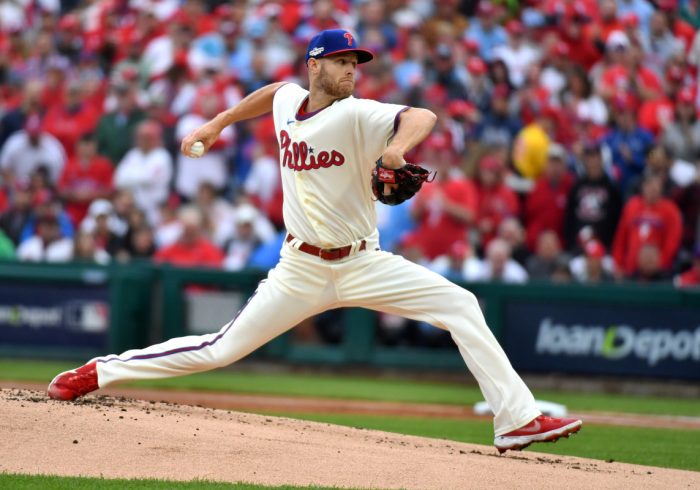The San Francisco Giants called up pitcher Mason Black from Triple-A ahead of Monday’s game vs. the Philadelphia Phillies, giving Black the opportunity to make his MLB debut in his home state of Pennsylvania.
Black, who’s originally from Scranton, Penn., made the start on Monday for the Giants. He recorded his first career strikeout in MLB, and his parents were fortunately in attendance to see this milestone happen in person.
His father, George, could barely speak at first when NBC Sports Philadelphia interviewed him after the first inning because of how excited he was for his son.
“This is awesome,” Black said. “I sat there in disbelief because I couldn’t believe that he did that. I think it’s unbelievable what he’s able to achieve.”
Black finished his first MLB start with eight hits, five earned runs and four strikeouts in 4.1 innings pitched. He threw 51 strikes out of the 84 pitches thrown.



